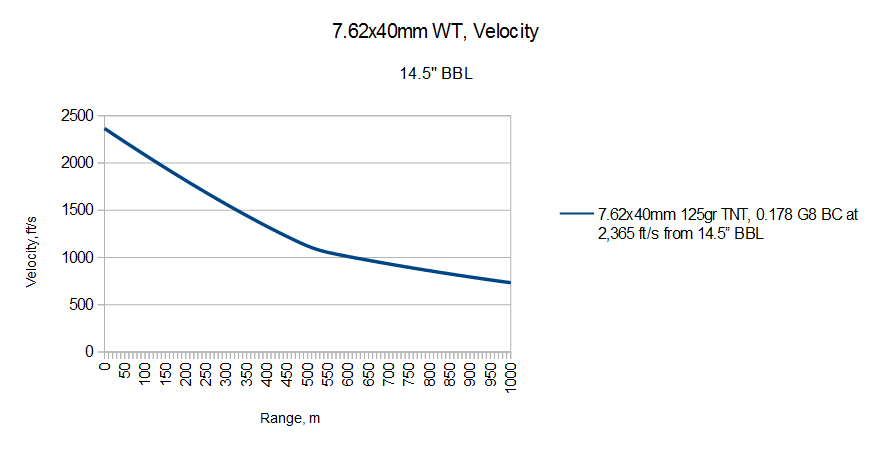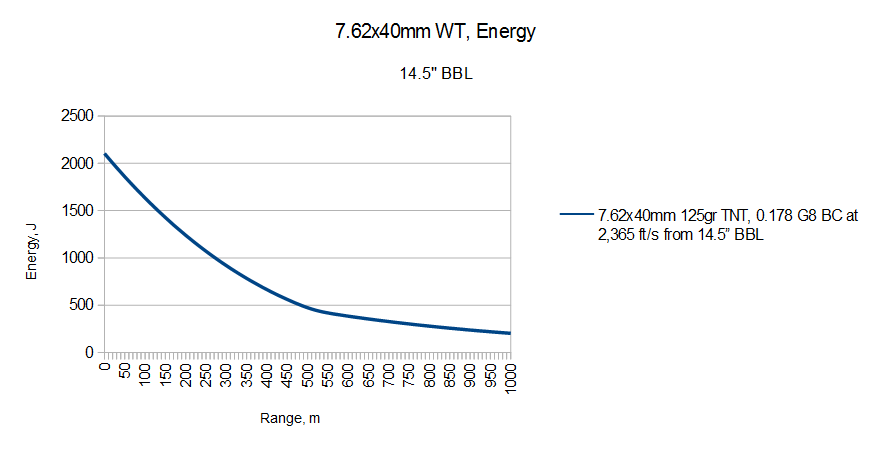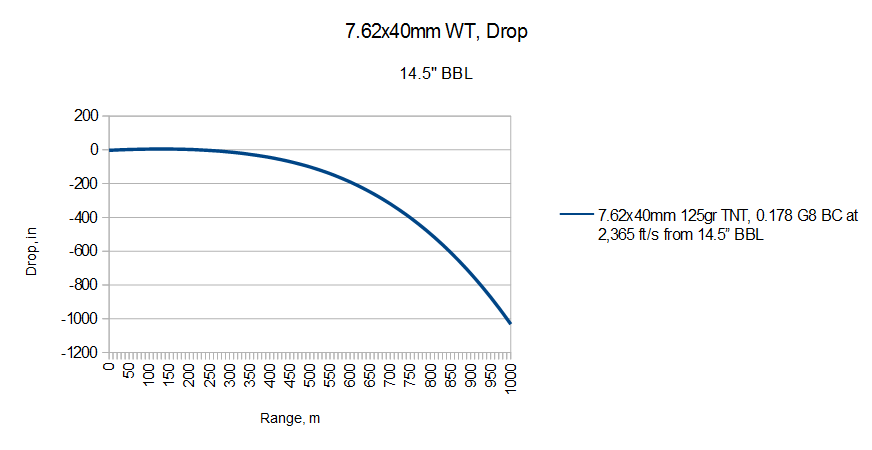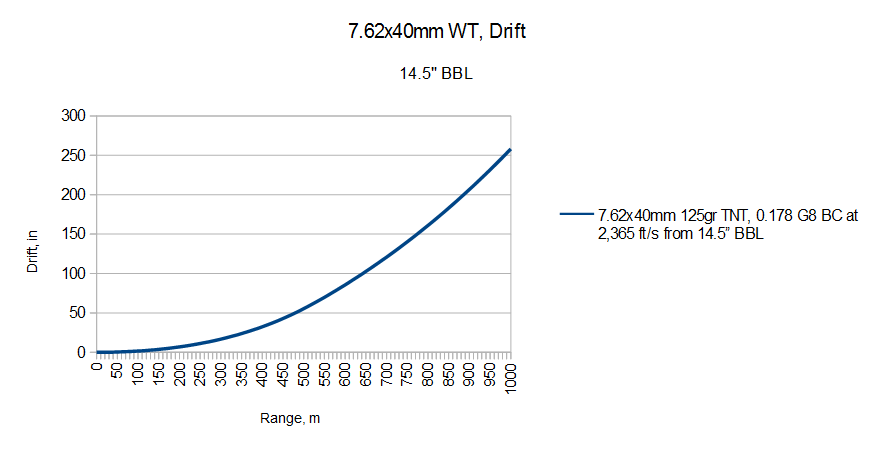Like the .300 AAC Blackout that we discussed earlier, the 7.62×40 Wilson Tactical was intended to be a medium-performance .30 caliber cartridge that would function in standard AR-15 type rifles with minimal modifications, such as a barrel change. Also like the .300 AAC Blackout, the Wilson round was based on an earlier wildcat, which was designed by Ken Buchert and also called the 7.62×40. Unlike the .300 Blackout, however, the 7.62x40mm Wilson Tactical sacrificed some versatility for raw power in the form of a lengthened case based on the 5.56mm case, instead of the .221 Remington Fireball used by the Whisper/Blackout. This longer case gives the 7.62×40 WT a significant performance advantage over the .300 Blackout from comparable barrel lengths, but it limits how ballistically efficient the projectiles used by the round can be. In theory, the 7.62×40 WT can also be loaded with subsonics, like the .300 AAC Blackout, although the short ogive length limits which COTS bullets can be used for this, and no factory subsonic ammunition exists for the Wilson round. This makes the 7.62×40 WT virtually a dedicated supersonic hunting or 3-Gun round (in which it makes Major Power Factor), but it is still worth considering in our discussion. Now, on to the ballistics:
In terms of weight, the 7.62×40 WT is slightly heavier than the .300 AAC Blackout with comparable bullet weights. My 110gr Sierra HP round weighs 14.5 grams (224 grains), while a 125gr load would weigh about a gram heavier than that.
Note: All ballistic calculations are done with JBM’s Trajectory calculator, using the ballistic coefficient appropriate to the projectile being modeled, and assuming an AR-15 as a firing platform. Also, keep in mind that there is no single true velocity for a given round; velocity can vary due to a large number of factors, including ambient temperature and chamber dimensions. Instead, I try to use nominal velocity figures that are representative of the capability of the round in question.
 Your Privacy Choices
Your Privacy Choices




